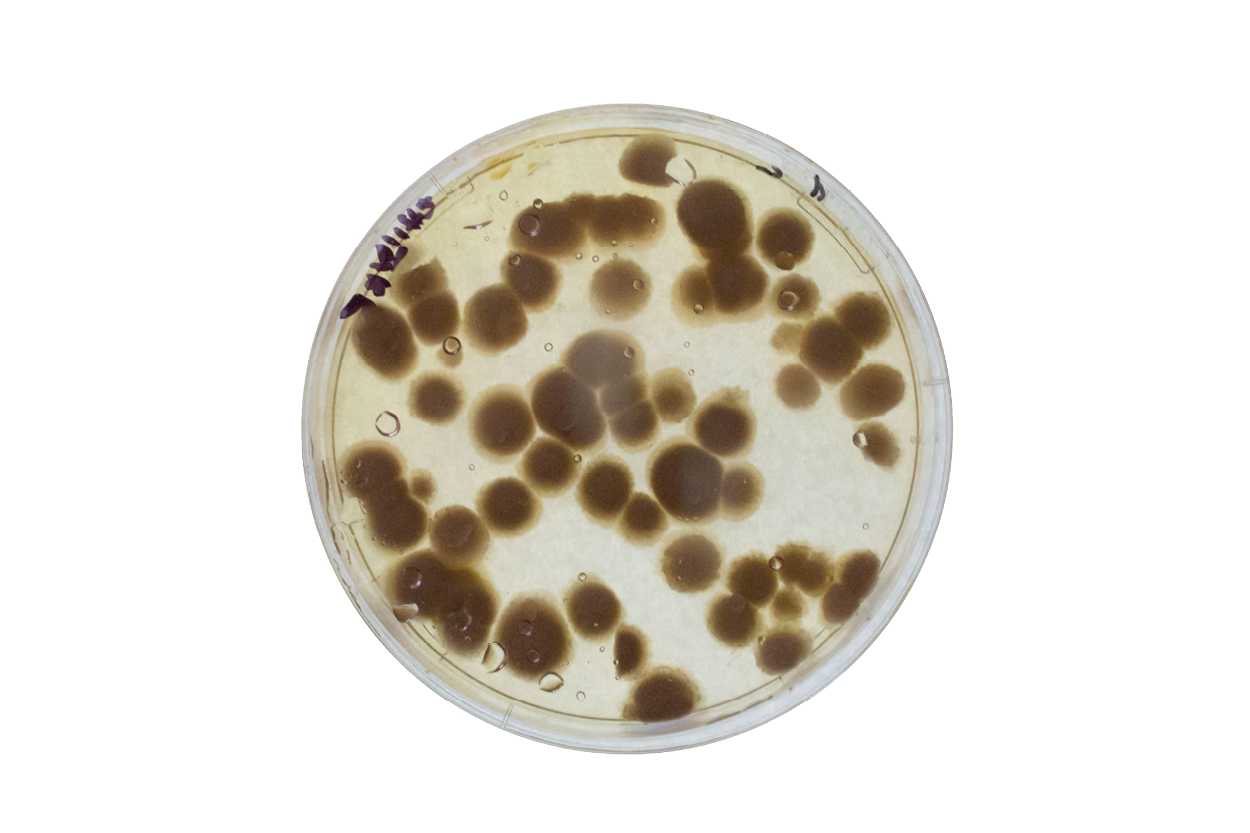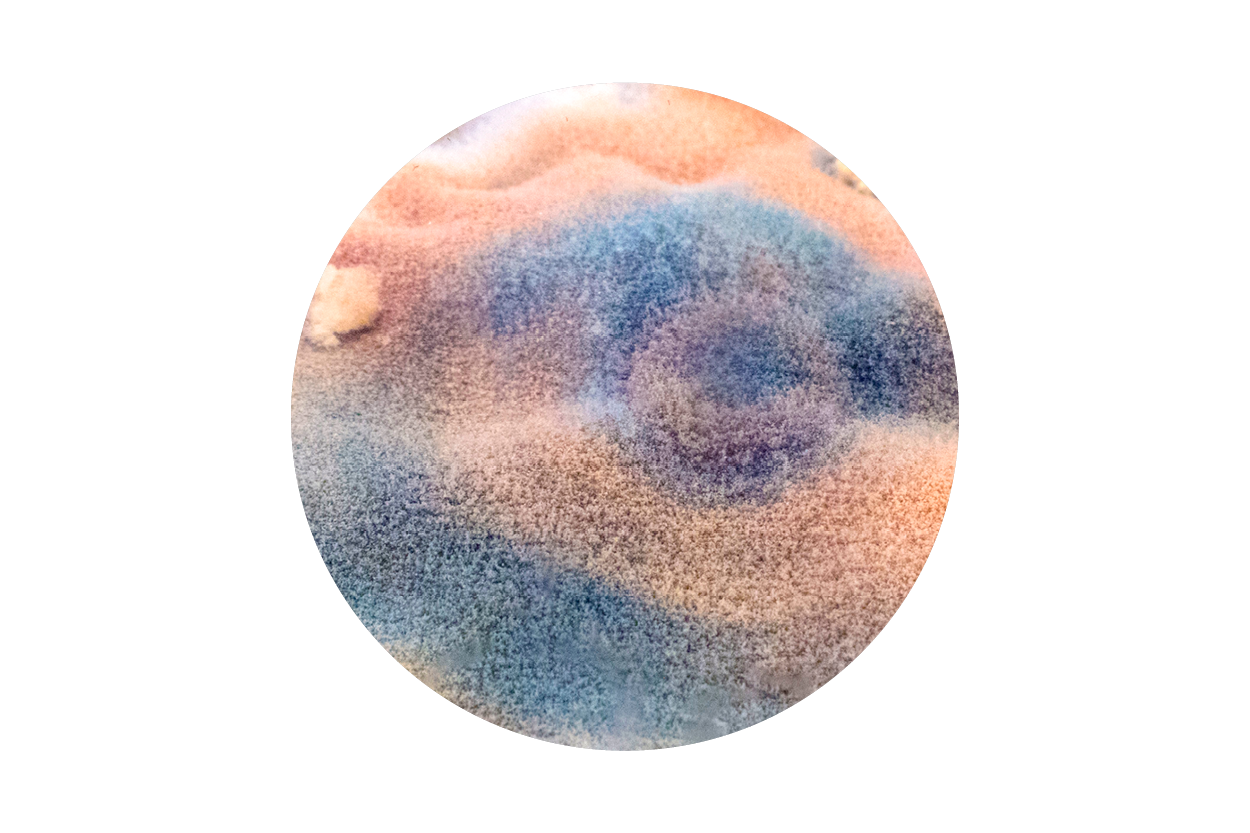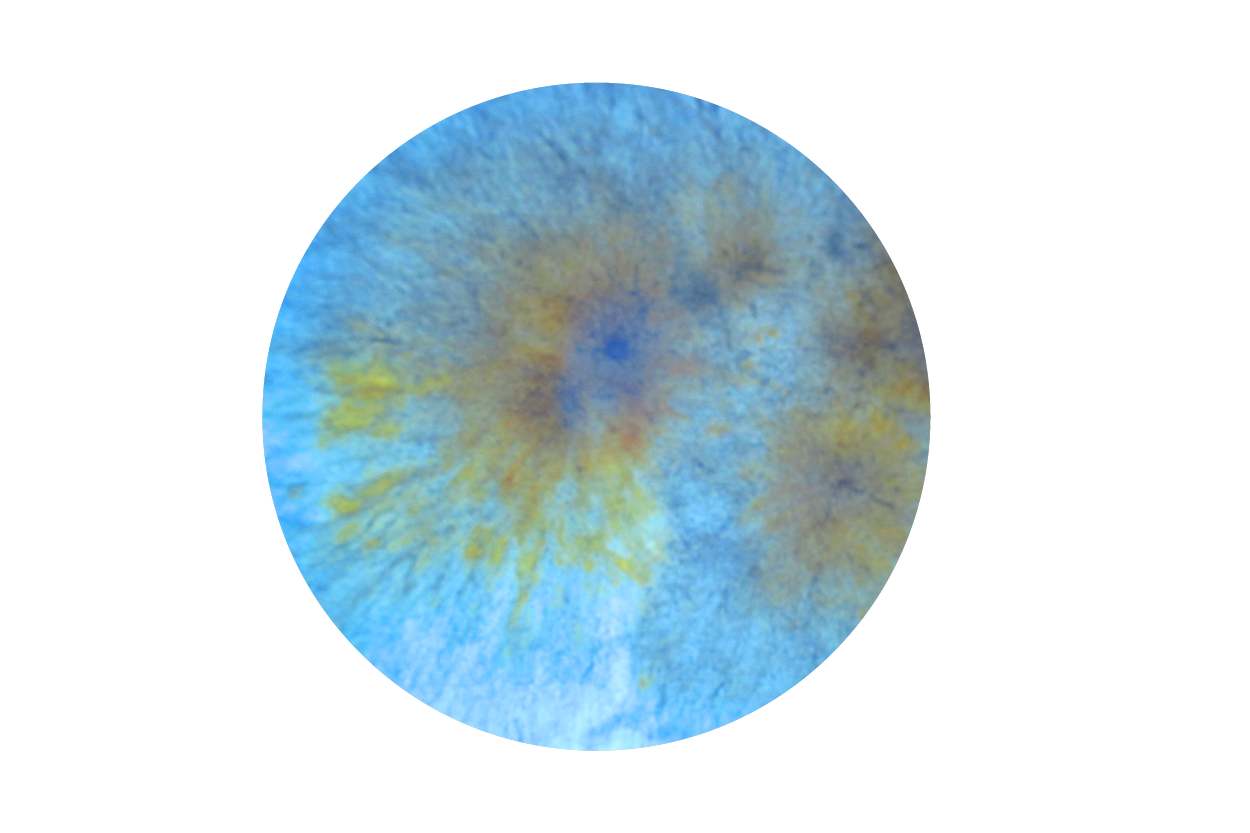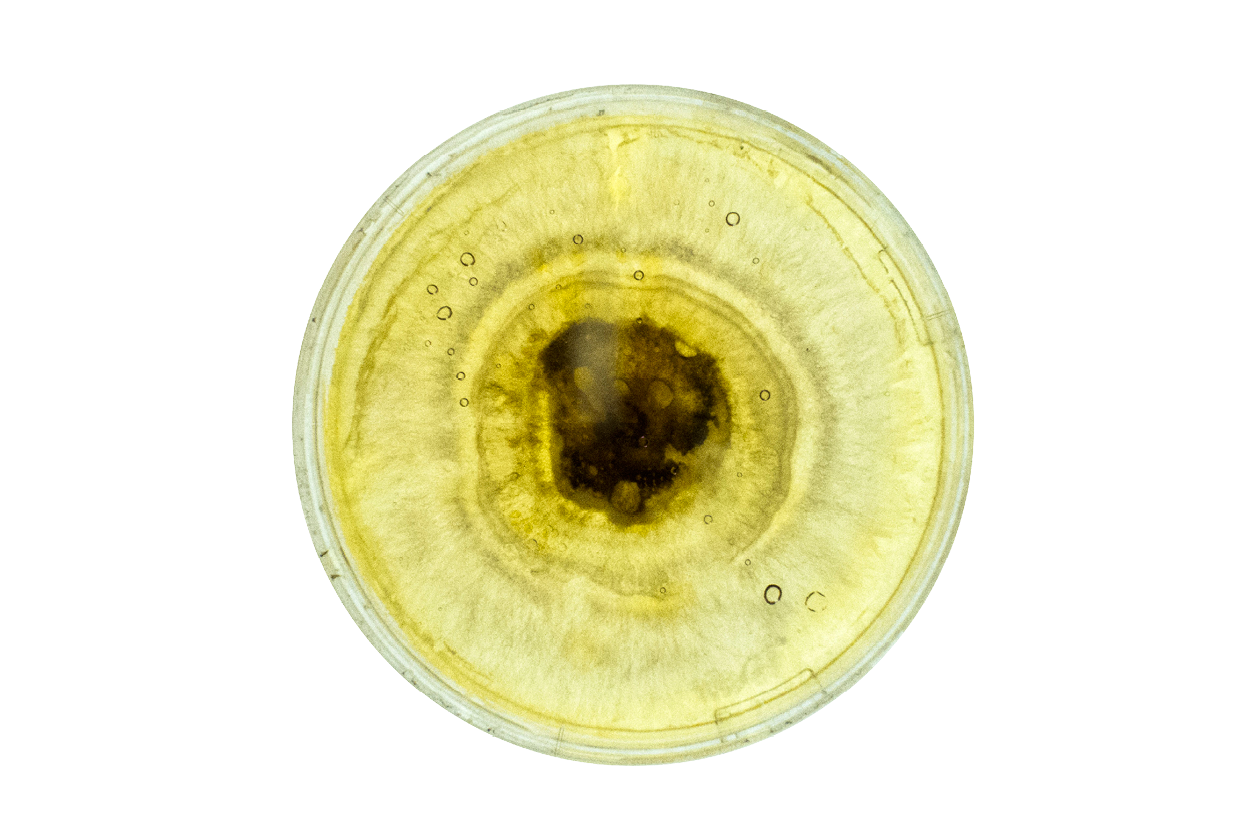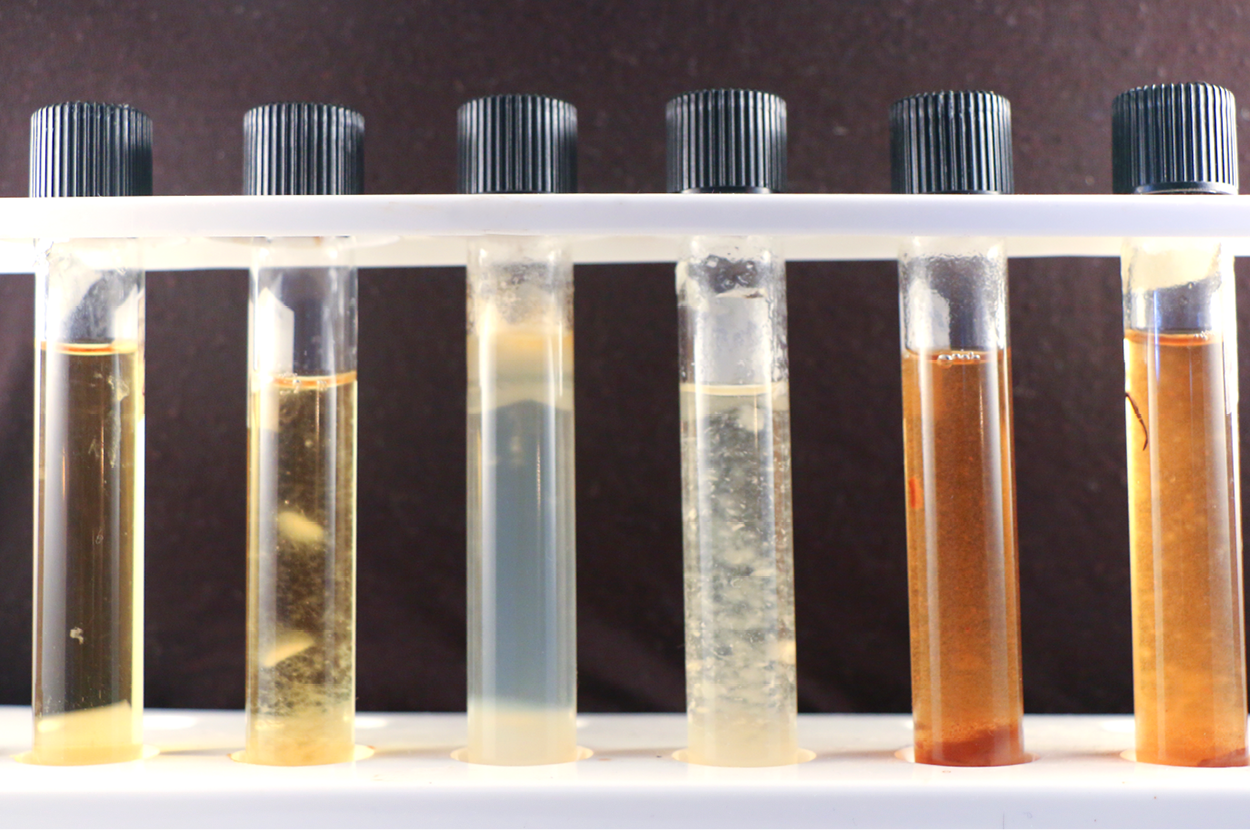MATRIX
WHAT IS A CULTIVATE MATrix?
Our Matrix material is a fibrous mesh of biopolymers. The polymers are made up of proteins and polysaccharides obtained from fungi and yeasts. The material is dynamic and physiologically active and is best used to create structural scaffolds to support Surface components. It can further be used to guide the division, growth and development of other components.
The meshlike composition of this material gives it material efficiency by reducing mass, but still retaining the structural integrity. The mesh can be aligned in such a way that it lends either stiffness or elasticity to the form of the structure.
HOW TO CULTIVATE matrix?
The kingdom of Fungi is the apothecary of nature and it is teaming with alchemists. Fungi consist of mushrooms, yeasts and molds and this misunderstood kingdom is not lurking in the dark for mischief, but for magic. Fungi are the key to the continuity of life cycles on earth. They are the interface between life and death, man and matter. They recycle and decontaminate decaying matter and leave a fertile substrate for new life to prosper in.
Mushrooms, the most familiar of the fungi species are valued as both food and medicine, but the true power of the Fungi is not what we see and eat, but what is happening below the surface called the mycelium. Mycelium is the vegetative part of fungi, which consists of a network of interconnected filamentous cells called hyphae. This dense mesh of cells create a living underground network that can digest and recycle the debris and decay of past living matter, that in turn prepares and nourishes a platform on which life can continue to exist.
As the network grows, moves and expands it becomes a responsive supersystem that places the health of its host environment top of mind for its own survival. This system can transport nutrients and information across the cellular membranes, alert the system of disease or danger through enzymatic and chemical responses and prepare the layer of fertile soil for the biological system above it to flourish. (Stamets, 2005)
Fungi are plant-like, but they lack chlorophyll and therefore absorb and digest their food. This ability to digest makes the fungi kingdom show a closer relation to the animal kingdom than any other organism or plant. This ability to process waste also allows for the fermentation of various food products such as wine, beer and soy sauce. At Cultivate these abilities form part of our ongoing research, but the part that we are most interested in lies in the mycelium morphology.
The cell walls of mycelium are made of a polymer called chitin. It can be compared to the polysaccharide cellulose that is the primary structural component of plant walls or the protein keratin that makes up hair and nails. Chitin has a similar structure, but has nitrogen-containing side branches, increasing its strength. Cellulose is used in the making of textiles and paper or film products, but with the extra strength one is able to achieve with chitin there is a an exciting opportunity for structural materials. These polymers are useful in numerous structural applications, but what makes chitin so exciting is the strength that one is able to attain and the value it might have in additive manufacturing.
Biopolymers in the built environment can be used for structure, cover, connectivity and protection. As a living organism mycelium can be used for structure and repair, cushioning, or decomposition of waste.
We use a variety of species of Fungi for our Matrix collection depending on the speed, yield, strength, form or color that your final product might require.
Species we collaborate with:
- Omphalotus Nidiformis (Ghost Mushroom)
- Ganoderma Lucidum (Reishi)
- Lentinula Edodes (Shiitake)
- Laetiporus (Chicken of the Wood)
The matrix-like structure of our Matrix materials are best suited to:
- Structure
- Frameworks
- Creating suitable surface for Surface to adhere to
- Waste processing
- Network Communication
Glossary:
Polysaccharide: A polysaccharide is a carbohydrate (e.g., starch, cellulose, or glycogen) compound whose molecules consist of a number of sugar molecules bonded together.




